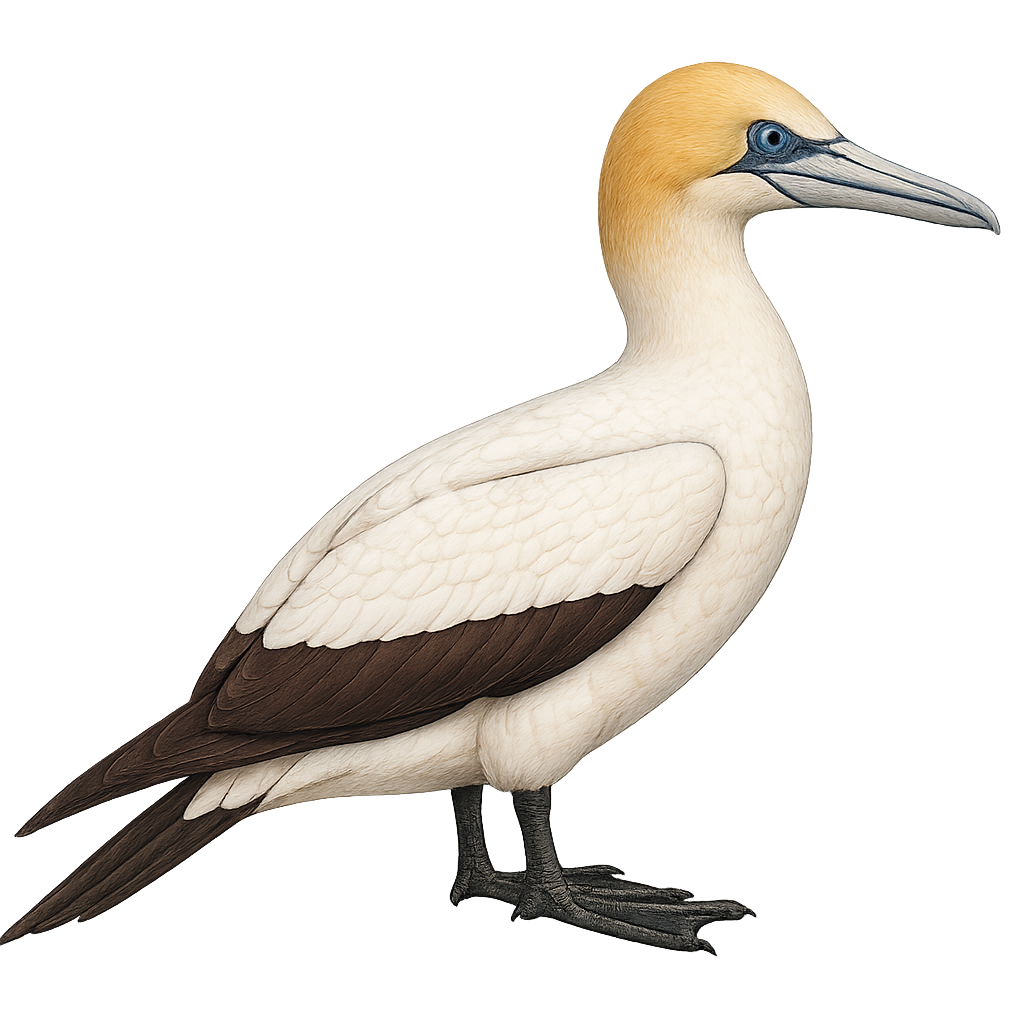Your wildlife photography guide.
Explore the australasian gannet in detail, study its behavior, prepare your shots.
Where to observe and photograph the australasian gannet in the wild
Learn where and when to spot the australasian gannet in the wild, how to identify the species based on distinctive features, and what natural environments it inhabits. The WildlifePhotographer app offers tailored photography tips that reflect the australasian gannet’s behavior, helping you capture better wildlife images. Explore the full species profile for key information including description, habitat, active periods, and approach techniques.
Australasian Gannet
Scientific name: Morus serrator

IUCN Status: Least Concern
Family: SULIDAE
Group: Birds
Sensitivity to human approach: Tolerant
Minimum approach distance: 10 m
Courtship display: August to October
Incubation: 42-46 jours
Hatchings: September to November
Habitat:
Rocky coasts, islands, cliffs
Activity period :
Primarily active during the day, with peak activity in the morning and late afternoon.
Identification and description:
The Australasian Gannet, or Morus serrator, is a striking seabird known for its brilliant white plumage, black-tipped wings, and pale blue bill. It primarily inhabits the coasts of Australia and New Zealand. This bird is famous for its spectacular dives, reaching speeds of 100 km/h to catch fish. Australasian Gannets are social birds, often seen in large colonies on rocky islands. They nest on cliffs or islets, usually laying a single egg. Although they are quite tolerant of human presence, it's essential to respect their space to avoid disturbing their natural behavior.
Recommended lens:
400mm – adjust based on distance, desired framing (portrait or habitat), and approach conditions.
Photography tips:
To photograph the Australasian Gannet, focus on nesting sites on cliffs or rocky islands. Use a telephoto lens of at least 400mm to capture detailed images without disturbing the birds. The best shots are often taken during their spectacular dives, so be prepared to track their rapid movement. Opt for the golden hours of morning or evening for soft, flattering light.
The WildlifePhotographer App is coming soon!
Be the first to explore the best nature spots, track rutting seasons, log your observations, and observe more wildlife.
Already 1 439 wildlife lovers subscribed worldwide

